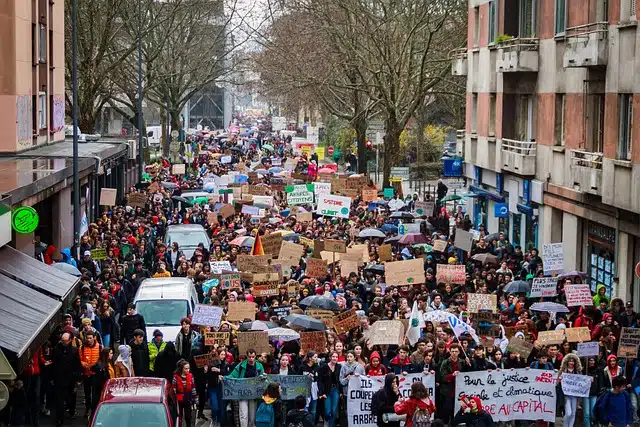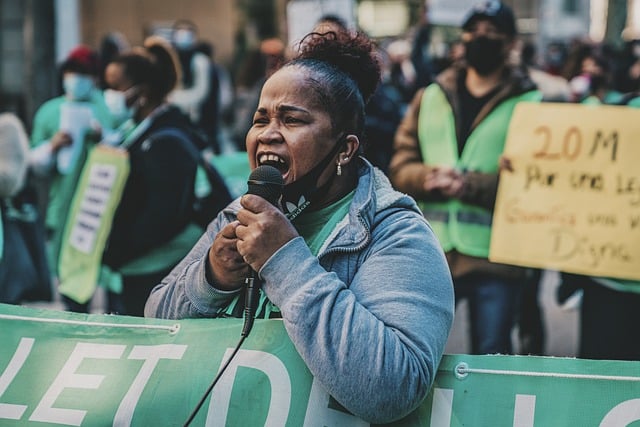
A collective demonstration that is carried out as a protest is called mobilization.
Mobilization is the action and effect of mobilizing . This verb refers to putting into activity or movement or, in a figurative sense, to summon or incorporate troops or other elements into a military or other type of campaign.
For example: “The mobilization brought together more than three thousand people in the town's main square,” “The government will try to prohibit the mobilization in front of the municipal building to avoid possible incidents,” “The colonel said that the mobilization of the tanks for the “Military parade is unnecessary since it represents a very large investment.”
Social mobilization
Social mobilization is understood as a protest carried out by one or more social organizations. The idea of these organizations is to mobilize their militants and people in general to demonstrate in the streets, with the aim of generating some social change.
Take the case of a government that announces a 15% cut in pensions. The measure affects millions of people who will see their income reduced by the decision. Various associations that defend the rights of retirees, therefore, decided to call a mobilization in front of the Government House to express their repudiation of the measure and demand that it be annulled. The authorities will have several options: allow the mobilization and not change the decision; listen to the protesters and propose an alternative solution; or dissolve the mobilization through repression .
In democratic societies, demonstrations are allowed as long as they do not violate the rights of other people. This means that if a mobilization violates the law (by interrupting traffic, attacking buildings, etc.), the State can use the monopoly of force and repress it, always within the framework of the constitution and without excesses.

A mobilization allows a group to express a claim.
Movement of a joint
The movement of a joint in each of its possible directions without the patient contracting the muscles is known as passive mobilization . This technique can be performed by a physiotherapist or by a device, such as the Kinetec . It is important to note that you should never push a joint to its extremes, especially when they have reduced mobility, as this can cause severe pain and an intensification of symptoms.
When the patient goes to a specialist to receive passive mobilization sessions due to joint pain , slow work is always more appropriate to promote muscle relaxation than fast work.
Objectives of passive mobilization
Among the objectives of passive mobilization are the following:
* slow down the evolution of atrophy of ligaments, tendons and muscles;
* treat or prevent the appearance of pressure ulcers;
* treat neuromuscular disorders that accompany Alzheimer's disease;
* stop the progression of joint stiffness or spasticity (muscle hypertonia manifested in the form of spasms);
* slow bone loss;
* enrich the bond that unites the patient with the person who cares for them.
Problems that can be treated
On the other hand, people who need passive mobilization treatment usually have one or more of the following problems:
* wear and tear on their psychic functions, which prevents or makes it very difficult for them to understand and execute orders of little complexity;
* inability to move on their own, when they are bedridden or in a wheelchair due to disorders such as thrombosis, stroke or embolism;
* presence of motor alterations and stiffness in the joints in well-defined areas, in which case only these parts are treated and the patient is encouraged to move the rest of the body on his or her own;
* diseases that contraindicate physical exercise, such as respiratory or cardiac failure.
